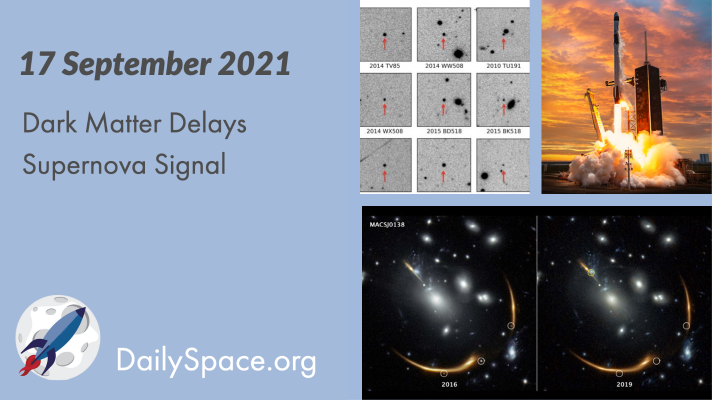
Sep 20, 2021 | Asteroids, Climate Change, Comets, Cosmology, Crewed Space, Daily Space, Dark Matter, Earth, Galaxies, Review, Space China, Spacecraft, SpaceX, Supernovae
A supernova first observed in 2016 will be replayed in a few years because of the light’s journey through a galaxy cluster and how dark matter gravitationally warps space-time. Plus, inactive centaurs, a Scottish ice wall, and a review of “Countdown: Inspiration4 Mission to Space”.
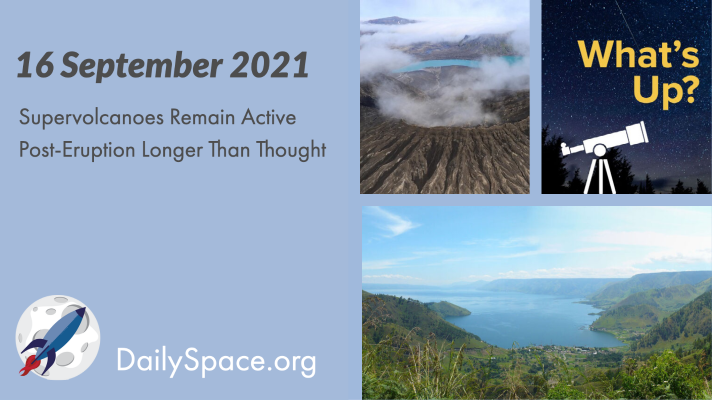
Sep 17, 2021 | Daily Space, Earth, Jupiter, Mars, Mercury, Sky Watching, Venus
Research into the Toba caldera and its super-eruption 75,000 years ago shows that magma continued to flow out of the volcano for thousands of years after the main eruption event. Plus, magma and volcanoes throughout our solar system as well as our weekly What’s Up segment.
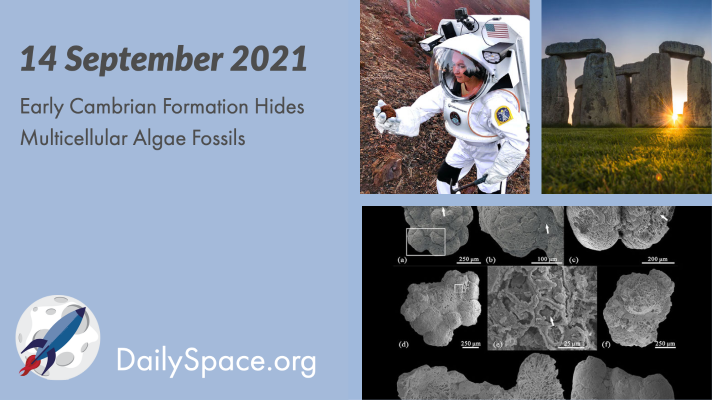
Sep 15, 2021 | Climate Change, Crewed Space, Earth, Science
The discovery of multicellular algae specimens in an early Cambrian formation in China provides evidence of the change from cyanobacteria to more complex organisms with external membranes and cell walls. Plus, a new spacesuit is tested in Oregon, and we look at the real secrets of Stonehenge.
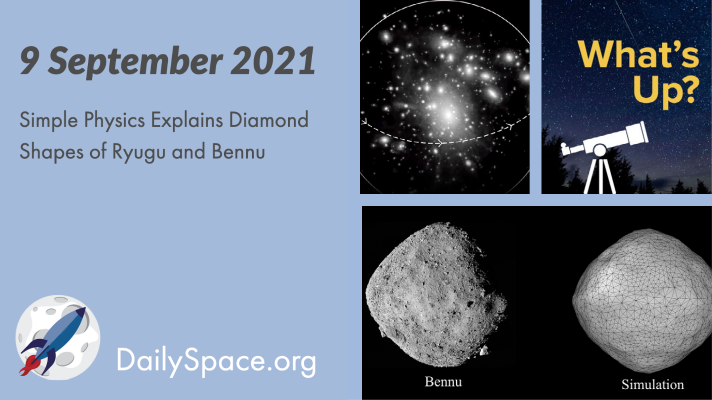
Sep 10, 2021 | Asteroids, Daily Space, Dark Matter, Galaxies, Mercury, Sky Watching, White Dwarfs
Using a simple model based on granular physics, like those used for modeling sand or sugar deposits, scientists have recreated the diamond shape of asteroids Ryugu and Bennu in computer simulations. Plus, the origins of loner dwarf galaxies and this week’s What’s Up.
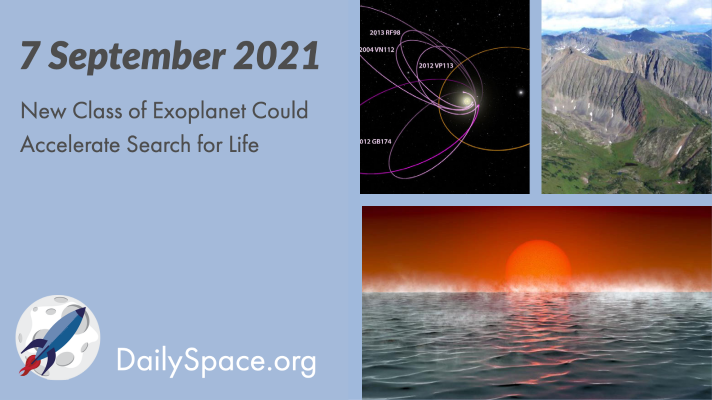
Sep 8, 2021 | Asteroids, Astrobiology, Climate Change, Daily Space, Earth, Exoplanets, Galaxies, Mars, Neutron Stars / Pulsars, Our Solar System, Perseverance, Supermassive Black Holes, Supernovae, Very Large Array
Hycean worlds have hydrogen-rich atmospheres and are covered in oceans, making them prime candidates for the search for life outside our own solar system. These worlds are also more numerous and easier to find than Earth-like exoplanets. Plus, an update on the search for Planet 9 and how volcanoes may provide a climate safety valve.
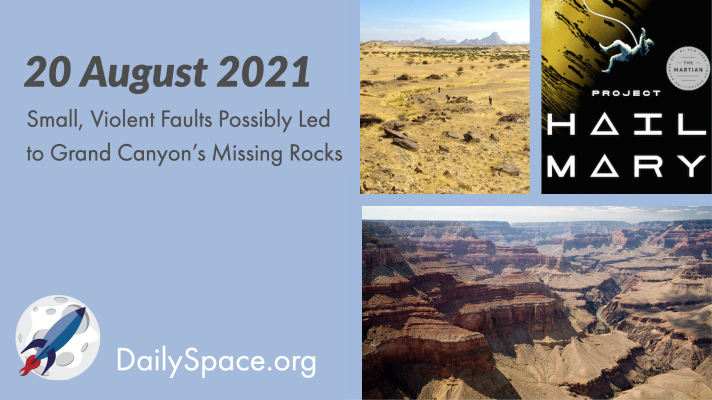
Aug 24, 2021 | Comets, Curiosity, Daily Space, Earth, Mars, Perseverance, Review
New research has pinpointed small, violent faults caused by the breakup of an ancient supercontinent as the potential cause of a major loss in the rock record of the Grand Canyon, known as the Great Unconformity. Plus, using sky mapping tools to find earthly tombs and a review of Andy Weir’s “Project Hail Mary.”








 We record most shows live, on Twitch. Follow us today to get alerts when we go live.
We record most shows live, on Twitch. Follow us today to get alerts when we go live.